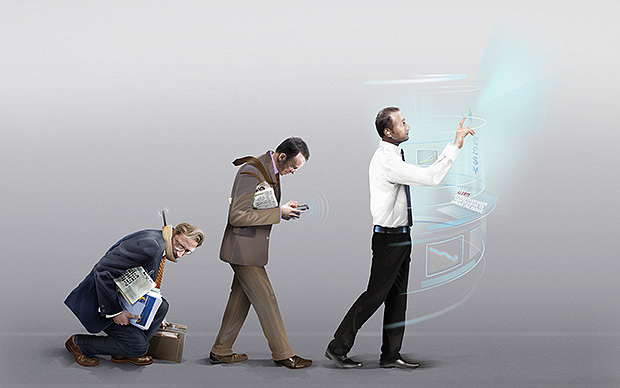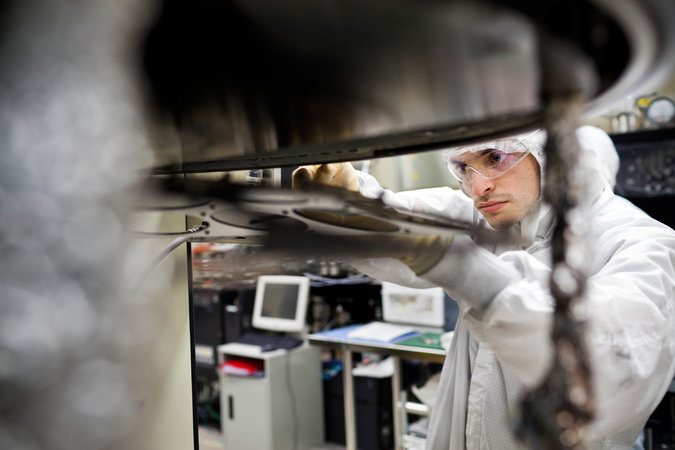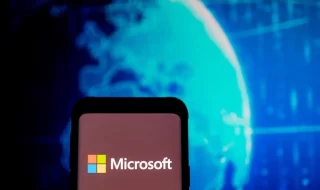
Rapidly advancing technology is a way of life today. It seems that as soon as a device comes out a new, more advanced model is already underway. The Internet – by far the biggest technological innovation in history – is constantly evolving.
Without a doubt technology has made many things more convenient. You need only Google something to see the benefit. It’s also made it possible for more people to find work and helped to create countless businesses. But is there too much technology for our own good?

16 trends that will define the future of video games
Many people will argue that new technology brings about just as many problems. Companies such as WebSafety exist solely for the purpose of protecting people against the dangers that come from using Internet connected devices. Children are at high risk because predators use technology to hide their identity and gain a child’s trust. Both children and adults are victims of identity theft every day.
Another argument against technology that’s advancing at a breakneck pace is that it isn’t being thoroughly tested. Manufacturers are constantly racing to be the first to release the latest technology, and that’s been a cause for concern.
People have long been concerned about cell phones causing brain tumors, but health experts are worried about far more. From how the onslaught of media is affecting our mental health to our eyesight after looking at screens to our attention span, doctors say they aren’t sure yet what kind of impact technology will have on our health.
Whether we like it or not technology is marching forward. But where is it going to take us?
3 Trends That Show Where Technology is Headed
Technology is headed in many different directions, but there are common threads that appear to be influencing the majority of future developments. The three trends below are showing up in a wide variety of technology, which indicates consumer demand and which sciences are being invested in the most.
More Digital, Less Physical

Why the Smart Reading Device of the Future May Be … Paper
Going digital and moving away from the physical is becoming the norm. The biggest indicator of this is magazines and newspapers. Many have either shut their doors or gone completely digital to stay profitable.
Now cloud technology is making phone calls digital. The need for physical phone lines and equipment is quickly becoming a thing of the past. Calls delivered over the cloud also provide advanced features like data tracking that can’t be done with conventional calling methods.
Many environmentalists will argue that this is a good thing. It takes a lot of energy to power the servers that make computer-based digital technology possible, but it’s replacing physical materials that have to be manufactured, shipped and ultimately get thrown out in a landfill. As technology improves clean, renewable energy sources this could be a very good thing for our environment.
Mobility

Smaller, Faster, Cheaper, Over: The Future of Computer Chips
The growing use of smartphones and tablets is a clear sign that mobility is a top priority. People are on the go and don’t want to lose their connection to all of those digital assets.
When Apple introduced Wi-Fi in 1999 they had no idea how impactful it would be. Then it was only available for the new iBook computer, but soon Wi-Fi would make the iPhone a revolutionary, game-changing device. Now providers battle over who has the most extensive and reliable Wi-Fi network for the many devices that use it while people are on the go.
Although smartphone screens are getting larger, many electronics and devices are getting smaller for the sake of portability. Even Apple’s massive 6 Plus iPhone is thinner and lighter than previous models.
This, too, is a sign that mobility is a trend that isn’t going away.
The Human Separation

Future technology: a force for good or a source of fear?
As technology advances human intervention and interaction is becoming more limited. An example of this is drone technology. The military has been developing drones for years to replace soldiers in battle. Instead a person controls the drones from miles away in the safety of a fortified room far from the battlefield. Soon drones may be delivering packages to people’s homes instead of a delivery person.
Smart home features are another example of this. Now homeowners don’t have to be at home to physically turn on lights, arm their security systems or even check to make sure their refrigerator door is closed. Smart homes are outfitted with technology that puts systems on autopilot.
Today we don’t even have to be in the same part of the world to meet people, make friends or find a date. This growing trend of interacting more with our computer and less with people is something that sociologists are carefully watching.




